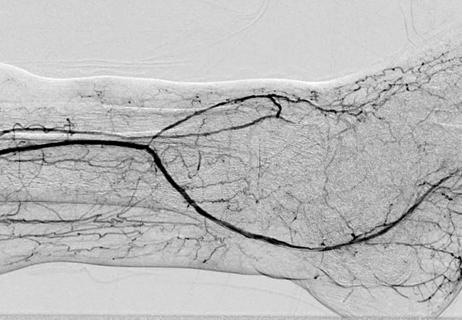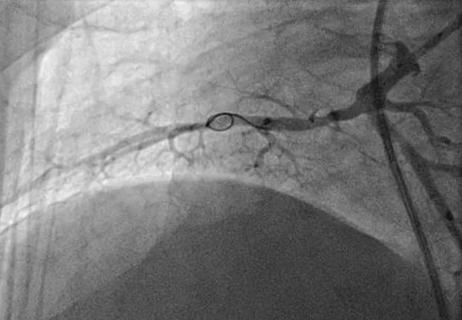Locations:

Dr. Mehdi Shishehbor surveys some 2016 papers not to miss

Cleveland Clinic performs its first balloon pulmonary angioplasties for the condition

IN.PACT DEEP analysis yields a call to revise diagnostic guidelines
Advertisement
Cleveland Clinic is a non-profit academic medical center. Advertising on our site helps support our mission. We do not endorse non-Cleveland Clinic products or services. Policy
Advertisement